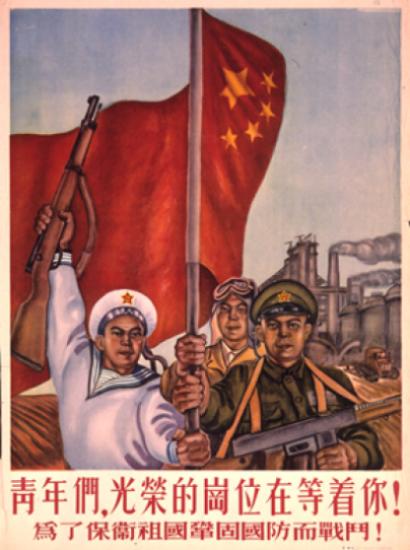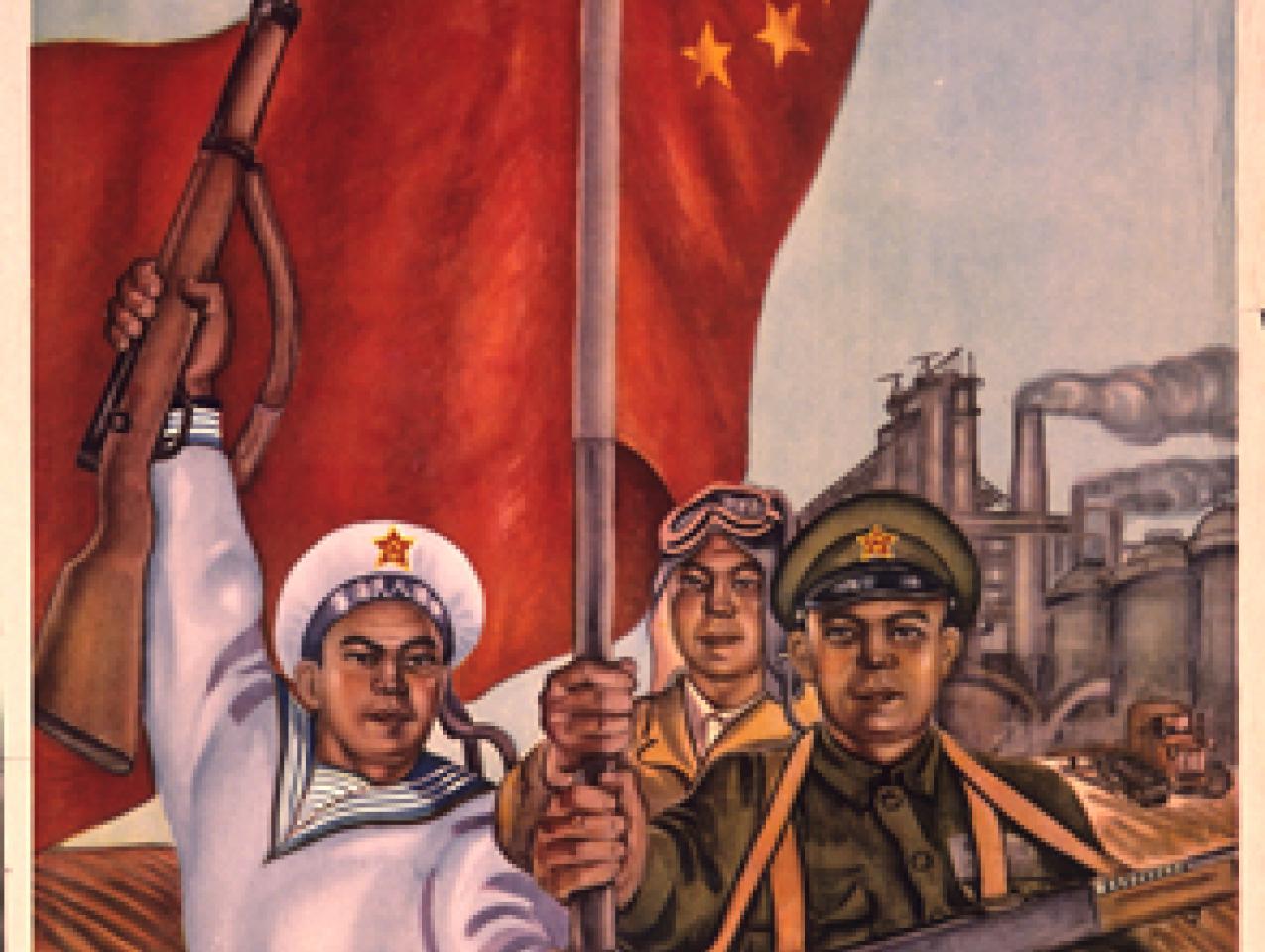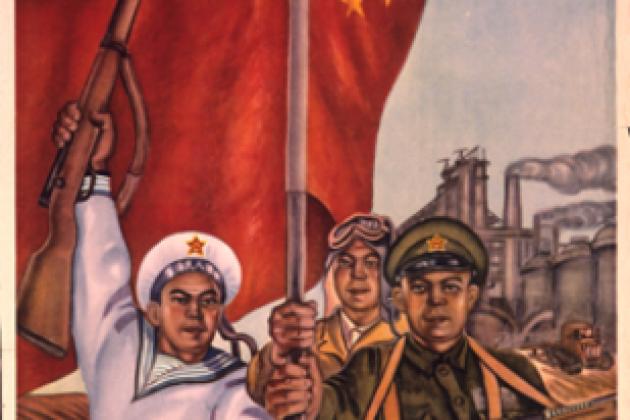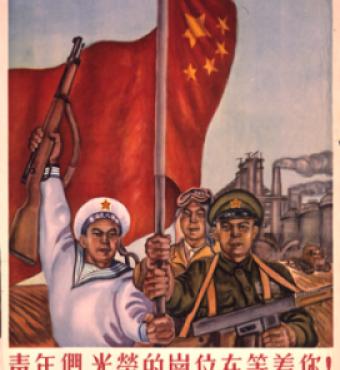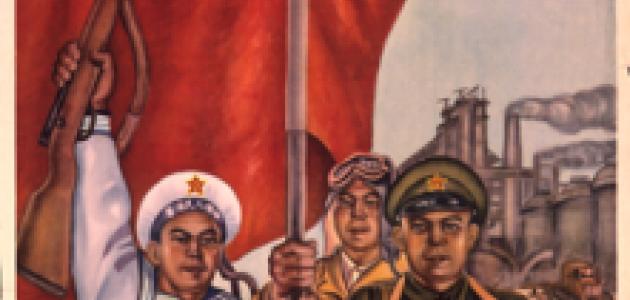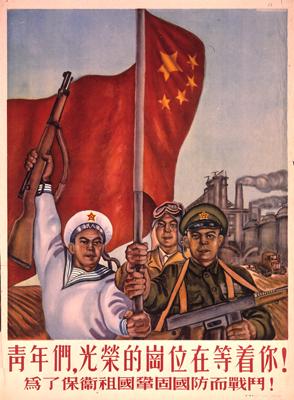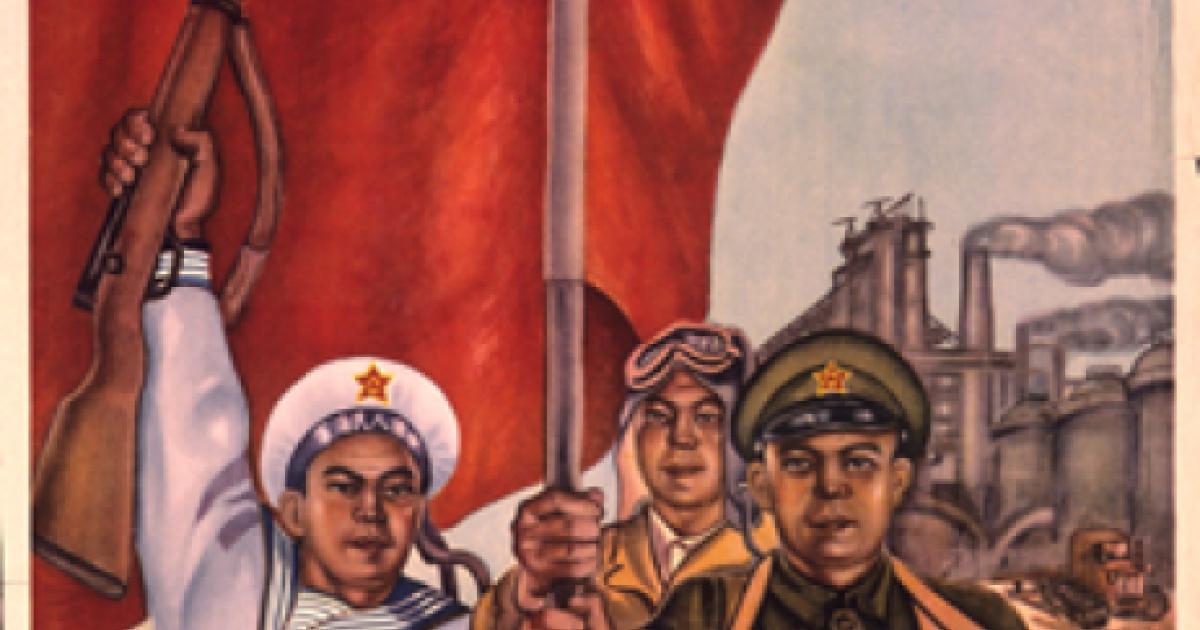- History
- Military
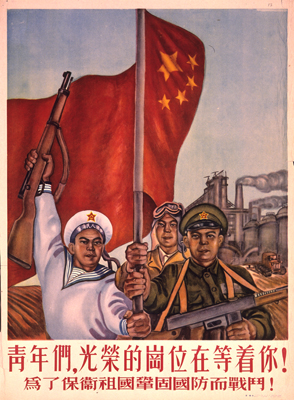
President Xi Jinping of China is conducting a far-reaching military reform. Yet, like the proverbial cyclical nature of dynastic changes in China’s long imperial past, the Chinese communist armed forces, collectively known as the People’s Liberation Army (PLA), has gone through five cycles of similar military reforms since the founding of the communist state in 1949. This cyclical nature can tell us a lot about the current reshuffle.
The interval between these five military reforms is roughly fifteen years.
The first major structural change for the PLA took place in the mid-1950s when China introduced the Soviet military system wholesale to the PLA under the supervision of Mao Zedong’s able defense minister, Marshal Peng Dehuai, with the objective of transforming Mao’s semi-rag-tag peasant army to a Soviet-style professional defense force.
After the 1971 purge of Mao’s heir-apparent, Marshal Lin Biao, who tried to defect to the Soviet Union, and after President Nixon’s historic 1972 visit to Beijing, China made a second round of profound strategic change to embrace the United States as its expedient ally to fight Soviet “socialist imperialism,” and thus embarked on a brand new course of gradually opening to the West in the following four and a half decades.
In 1985, after multiple military clashes with Vietnam, including a full-scale war that exposed the PLA’s backwardness for modern war, China’s new communist leader Deng Xiaoping initiated the third major restructuring of the PLA, with a massive troop reduction, by one million military personnel, and the start of an ambitious military modernization drive.
Shaken by the superb performance and devastating lethality of America’s information- and space-age advanced weapons in the 1990s, especially in the first Gulf war and the Kosovo war, a revolutionary fourth round of structural and doctrinal reform to the PLA took place around 2000, soon after the accidental bombing of the Chinese embassy in Belgrade. This round finally saw abandonment of the long-held Maoist “People's War” military doctrine and the adoption of a “modern high-tech war” strategy that has made the PLA a formidable high-tech force today, with its first ever blue water navy, the world’s largest cyber army, a formidable anti-satellite capability, and a growing strategic missile corps.
The fifth, and the current, round of military reform announced this month is indeed far-reaching and revolutionary. It will revamp several crucial structural features of the PLA, including replacing the cumbersome 7 Military Region Commands with 4 Theater Joint Commands; cutting troop strength by 300,000 from the current 2.3 million to 2 million; abolition of the four PLA management departments—the General Political, General Logistics, General Armaments, and General Staff, whose functions are being rolled into 15 agencies directly controlled by the Communist Party’s Central Military Commission, the highest military command authority of the land.
These cyclical military reforms, however, reflect systemic problems that will likely prolong the cycle of changes without fundamental progress. First of all, all five reforms have occurred when the supreme leader’s despotic position was threatened or in need of consolidation, resulting in large-scale leadership purges with the PLA and the promotions of loyal but not necessarily competent generals and admirals in charge; second, all reforms aim at centralizing command authority at the very top, discouraging initiative-taking, and flexible maneuverability of combat units; third, all reforms are accompanied by the strengthening of the role of the Political Commissars in the PLA at all levels, whose job it is to indoctrinate and mind control at the expense of military professionalism.
This is not to mitigate the danger of a growing PLA. On the contrary, nothing is more menacing to today’s world peace than a modern military in a communist regime with ballistic, blue water navy, space, cyber, and electromagnetic capabilities, without internal dissent and with guaranteed troop loyalty to an all-powerful supreme leader who is also backed by an economy four times larger than Russia’s and by trillions of dollars of hard currency reserve. For despite the PLA’s intrinsic weaknesses, there is a bigger chance for miscalculation and a stronger willingness to take the risk of war, as history has repeatedly proven.








